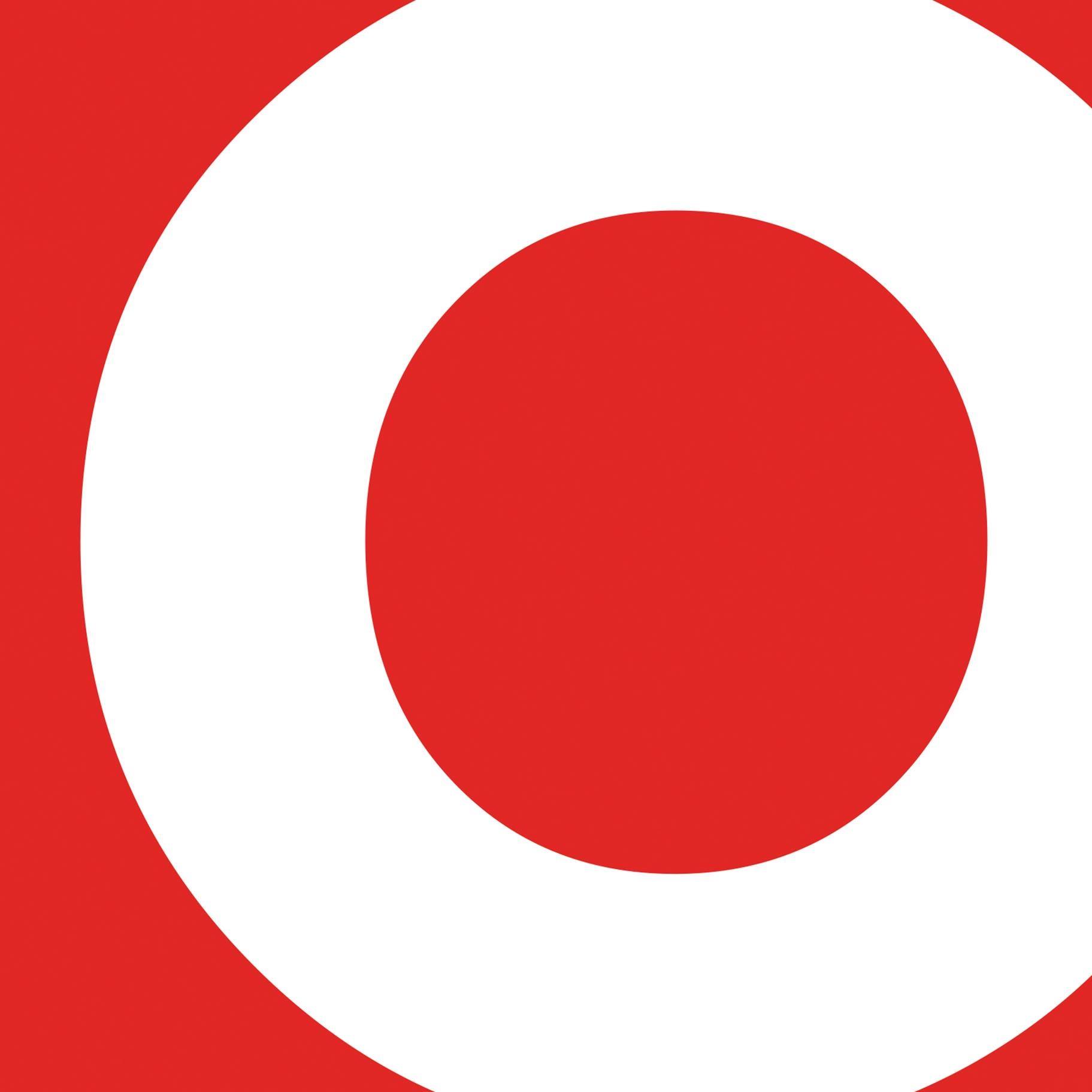
With the Death of the Cookie Comes New Opportunity for OOH
Adam Green, SVP of Strategy, Broadsign
As digital platforms proliferated, advertisers quickly latched onto third-party data for audience targeting, touting its effectiveness in delivering more relevant ads. However, in the last few years consumers have started pushing back. Technology and governments are supporting the resistance, as seen with the demise of the third-party cookie across major browsers, IDFA sharing now opt-in via Apple iOS 14, and the passage of GDPR, CPA and other similar legislation.
The resulting shake-up of the media world is revealing new opportunities for OOH, especially as the comparative value of context grows. For OOH to seize this moment, publishers and media owners must actively think about the contexts that will make their OOH inventory shine, while advertisers need to evaluate the contextual scenarios that best suit their audiences. Ad tech developers must also work to make all of this possible, accessible, scalable and easy to deploy. The changes to the digital ecosystem represent an unprecedented opportunity for OOH if we can work together. For a deeper dive on the subject, check out my presentation from the OAAA OOH Media Conference.
The Modern Marketer’s Mandate: Bespoke Attribution
Matthew O’Connor, Co-Founder, Adquick
Minimizing waste should be every advertiser’s top priority. But until recently, measuring the effectiveness of OOH ad campaigns wasn’t easy. That’s why marketers have exclusively used the medium for branding.
Fortunately, the once-black-hole of OOH performance data is now a thing of the past. With the right partner, you can directly quantify the effectiveness of your OOH campaigns and optimize across multiple campaign variables to improve your outcomes. We recommend two methodologies: attribution analysis and causal lift analysis.
Attribution analysis helps you pinpoint the campaign components that drove the most (and most cost-effective) outcomes. At AdQuick, we believe that it’s no longer optional to track attribution in OOH. Furthermore, since every brand and every campaign is unique, you need bespoke attribution.
Attribution enables optimization, but to understand ROI, marketers must isolate OOH’s impact. This requires the gold standard in measurement: controlled experiments. We recommend periodically running lift studies to measure your ROI and lift on upper funnel and lower funnel KPIs.
Every advertiser deserves to understand their campaign effectiveness via consistent attribution and lift analysis. Just be forewarned: once you employ modern measurement solutions, you’ll probably get addicted to seeing what your OOH campaigns can do, well beyond brand awareness alone.
The Path Forward for OOH is Industry Collaboration
Leslie Lee, VP Marketing, Vistar
As emphasized during this year’s OOH Media Conference, we are in a state of re-emergence – consumers are closing their laptops, moving away from their streaming services and re-embracing the real world.
When consumers are out and about they offer an ideal mind state for brand messaging, and savvy marketers are tapping programmatic OOH to course-correct from an over-investment in CTV, instead engaging consumers in an environment where they are energized, focused, positive and active. But there are still hurdles that make it complicated for digital buyers to invest in the OOH channel, and as an industry we need to stay focused on collaboration to remove those barriers.
The huge variety of media available in OOH is what makes our channel unique and valuable. Building standards around exposure methodology, venue classification, creatives and more will help new buyers spend larger budgets with a wider mix of OOH networks, and understand the impact those campaigns deliver toward their key marketing metrics. It was great to see the industry collaborating once more during this year’s conference, as we keep evolving to help marketers expand omnichannel strategies to meet consumers where they are – out in the world.
Published: June 10, 2021